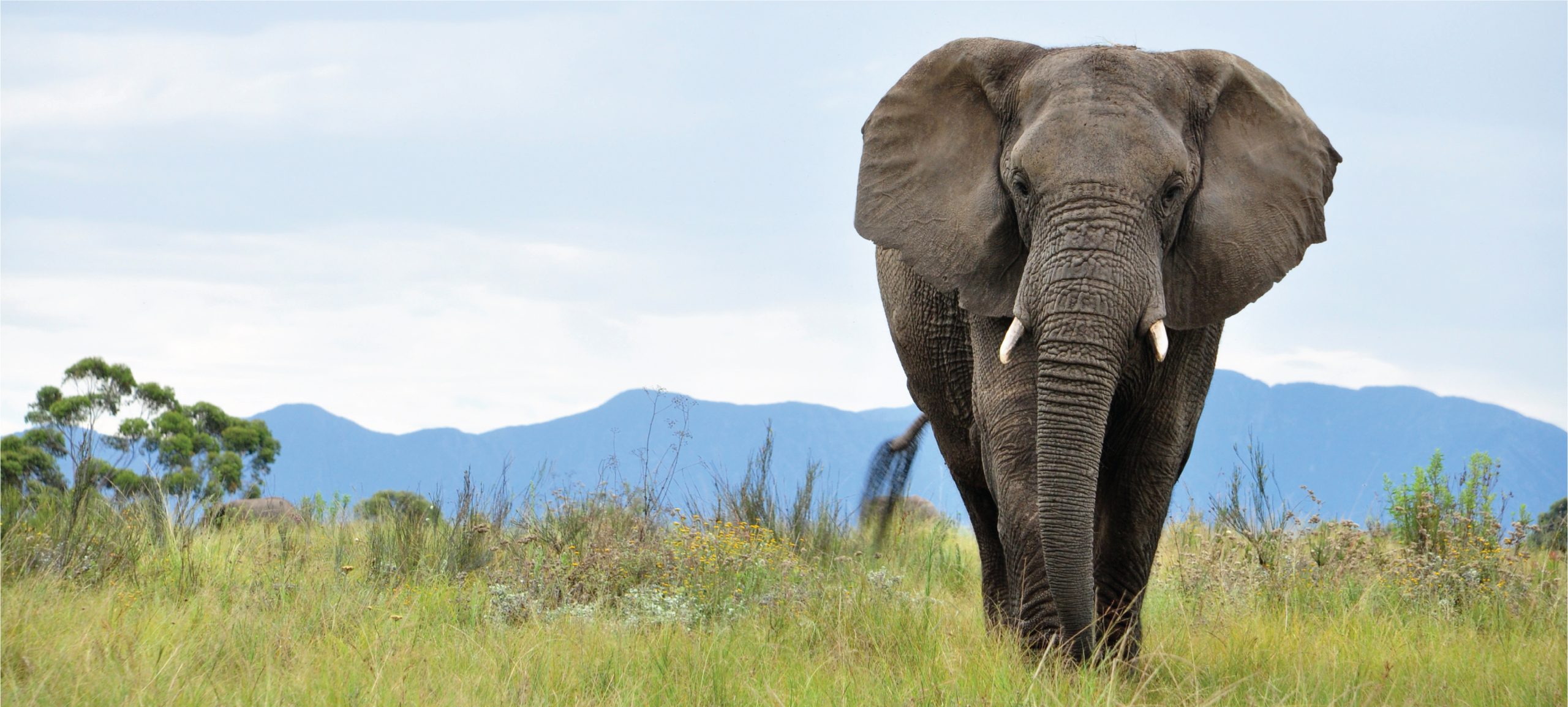-

Guianan White-eared Opossum
Discover the Guianan White-eared Opossum (Didelphis imperfecta), a nocturnal marsupial with striking white ear patches native to the tropical forests of northern South America. As an important scavenger and seed disperser, this adaptable species plays a crucial role in its ecosystem, despite facing habitat challenges. Explore its unique physical traits, behaviors, and conservation status, and…
-

Northern Black-eared Opossum
Discover the Northern Black-eared Opossum (Didelphis marsupialis), a fascinating marsupial from Central and South America known for its striking black ear markings and remarkable adaptability. These nocturnal omnivores play a crucial role in their ecosystems by controlling insect populations and dispersing seeds, thriving in both natural habitats and urban environments. With unique features like a…
-

Andean White-eared Opossum
Discover the Andean White-eared Opossum (Didelphis pernigra), a remarkable marsupial native to the Andean region of South America. With its striking white ear patches and adaptable nature, this nocturnal scavenger plays a vital ecological role, from seed dispersal to controlling insect populations. Learn more about this intriguing creature’s unique behaviors, habitats, and conservation status in…
-

Black-shouldered Opossum
Discover the elusive Black-shouldered Opossum (Caluromysiops irrupta), a rare marsupial native to South America’s tropical forests. Recognizable by its striking black shoulder markings and semi-prehensile tail, this nocturnal creature plays a crucial ecological role as a seed disperser and insect controller. As habitat loss threatens its existence, learn more about its unique adaptations and the…
-

Water Opossum
Discover the Water Opossum (Chironectes minimus), the world’s only semi-aquatic marsupial, celebrated for its remarkable swimming skills and unique adaptations. This small, elusive creature, native to Central and South America, features webbed hind feet, a watertight pouch for its young, and plays a crucial role in its ecosystem by controlling insect populations and aiding in…
-

Incan Shrew-opossum
Discover the Incan Shrew-opossum (Caenolestes condorensis), a small and elusive marsupial endemic to the cloud forests of the Andes. With its distinctive adaptations, including a prehensile tail and keen sense of smell, this insectivorous creature plays a crucial role in maintaining ecological balance, while its secretive nature leaves much of its life shrouded in mystery.…
-

Long-nosed Shrew-opossum
Discover the intriguing world of the Long-Nosed Shrew-Opossum (Rhyncholestes raphanurus), a small, elusive marsupial found in the temperate rainforests of southern Chile and Argentina. With its distinctive elongated snout and nocturnal habits, this remarkable creature plays a vital role in its ecosystem by controlling pest populations and contributing to forest health. Learn about its unique…
-

Derby’s Woolly Opossum
Discover the intriguing world of Derby’s Woolly Opossum (Caluromys derbianus), a nocturnal marsupial native to Central and South America’s lush forests. With its distinctive woolly fur, prehensile tail, and ecological role as a seed disperser and insect controller, this medium-sized marsupial showcases a fascinating blend of adaptability and vital ecosystem contributions. Delve into their unique…
Search
Popular Posts
-
Hemidactylus tamhiniensis
Discover the Hemidactylus tamhiniensis, also known as the Tamhini gecko, a nocturnal reptile native to the rich ecosystems of the Tamhini Ghats in India. Measuring 7 to 10 cm, this insectivorous gecko features a slender body with rough, mottled skin for excellent camouflage, playing a vital role in controlling pest populations within its habitat.
-
Hemidactylus sushilduttai
Discover the unique Hemidactylus sushilduttai, a vulnerable gecko native to the lush rainforests of India’s Western Ghats, known for its robust body, large bulging eyes, and exceptional climbing abilities. This nocturnal insectivore plays a crucial role in controlling insect populations and maintaining ecological balance within its habitat.
-
Hemidactylus stejnegeri
Hemidactylus stejnegeri, or Stejneger’s House Gecko, is a nocturnal insectivore found in tropical and urban habitats across Southeast Asia, known for its striking large eyes, adhesive toe pads, and remarkable climbing ability. Typically measuring 10 to 15 cm, this adaptable species plays a key role in controlling insect populations while displaying unique social behaviors and…
Categories
Tags
animal adaptations (816) animal behavior (4836) animal reproduction (812) behavior (919) biodiversity (7295) conservation (1670) conservation efforts (1588) conservation status (5149) diet (2099) echolocation (822) ecological balance (1736) ecological role (1582) ecology (794) ecosystem (1468) ecosystem role (2747) ecosystem roles (720) endangered species (2450) environmental conservation (745) habitat (3258) habitat conservation (990) Habitat Destruction (1164) habitat loss (3132) insectivorous reptiles (783) IUCN Red List (1623) lizard reproduction (742) nocturnal animals (2722) nocturnal behavior (2394) nocturnal reptiles (819) physical characteristics (2009) reproduction (2869) reptile behavior (742) reptile conservation (1082) reptile reproduction (768) rodent species (1325) seed dispersal (2089) Seed Disperser (963) small mammals (1166) snake diet (804) snake reproduction (860) South America (794) tropical forests (942) Vulnerable Species (4616) wildlife (2508) wildlife conservation (4874) wildlife protection (907)






